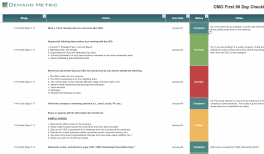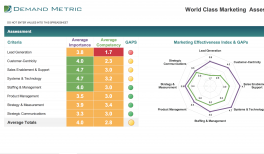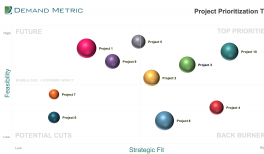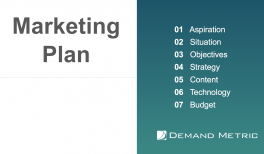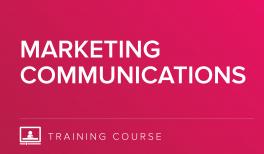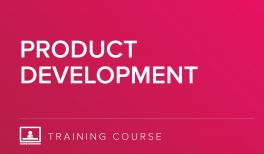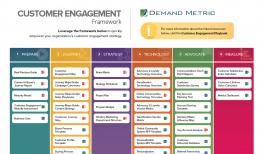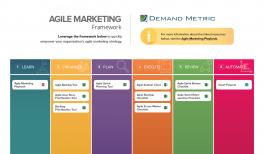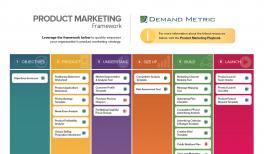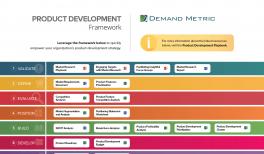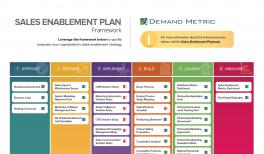Use this cheat sheet and set yourself up for success in your first 90 days as a CMO.
CMO First 90 Days Cheat Sheet
Resource Overview
Related Resources
Overview
Although several C-level executives are responsible for driving business growth, CMOs are usually the first to be if the company doesn't achieve its growth targets. The pressure to contribute to growth and the proliferation of marketing-owned responsibilities make it hard for any CMO to keep their job, regardless of tenure.
These challenges get exacerbated in the first 90 days because new CMOs are pulled in many different directions and need more information to make informed decisions.
Common questions that must be answered are:
- What are the CEO's expectations?
- How is success measured?
- What skills need to be added to the team?
- What resources do we have available?
- Are processes well-defined?
- What systems & tech are we using?
- The list goes on…
Your Problem
You are about to start a new CMO position and want to ensure your tenure at the new company is a huge success.
Our Solution
A PDF cheat sheet for new CMOs that provides the following insights:
- What you need to know about becoming a new CMO
- Why you should care about your first 90 days
- What makes the first 90 days hard
- "Dos" and "Donts" in your first 90 days
- What you can do to ensure success in your first 90 days
- Where you can learn more
This cheat sheet also introduces the CALM Framework for new CMOs and provides four guiding principles you should follow in your first 90 days on the job.
Key Benefits
- Understand what matters in your first 90 days
- Identify potential challenges before they arise
- Learn onboarding best practices from other top CMOs.
- Access to related resources that will help you get started
- Simple and easy to use
Estimated Time Required: 10 minutes
Skills Required: None
The CALM Framework for new CMOs provides four guiding principles you should follow in your first 90 days on the job.
The first principle is about communication.
Just like any relationship, communication is key.
Let the team know a little about you beyond your education and professional background – share what excites you about the opportunity, how you like to work, your expectations, and what you want to accomplish in your first 90 days.
But communication is a two-way street; you need to ask your team what they want to accomplish personally and professionally, how they keep their skills sharp, and what you can do to support them.
A little communication can go a long way, so remember to put in the effort.
The second principle of the CALM framework stands for Align.
It might seem obvious, but you need to align with CEO's vision for the company before doing anything.
Alignment with the CEO's vision is key to successful execution and will help you earn their respect and the respect of your peers.
So before you officially start, ask for time on the CEO's calendar to review the current FY Strategic Plan or last year's Annual Report and ask the CEO about their expectations for marketing and how they will measure success.
Gaining a clear understanding of how you can support the team from the CEO's perspective is vital, and it goes a long way in creating a real impact.
The third principle of the CALM framework stands for Liaise.
Now is the time to build relationships – especially with other senior leadership team members.
These people are your allies, and many have significant influence and insight – not to mention you need them to do your job effectively.
Book time with each key stakeholder from the Head of Sales, Product, Customer Success, the CFO, Head of Operations, Agencies/Suppliers, and Analysts.
Ask them How marketing can do a better job of supporting them. What is working? What isn't? And what their biggest priority is right now.
You're all in this together, and you'll learn a lot about these people in the first 90 days.
And finally, the last principle is Minimize.
Take this time to minimize change and focus on understanding needs.
Change can be very disruptive, and you need to gather more information to make informed decisions about what is required.
Work with the resources you have for a while and focus on measurement. Leverage data to make decisions when possible, and give some time to let the dust settle.
To learn more about your first 90 days as a CMO, download the CHEAT SHEET and the CMO's First 90 Days Checklist to ensure nothing slips through the cracks.

